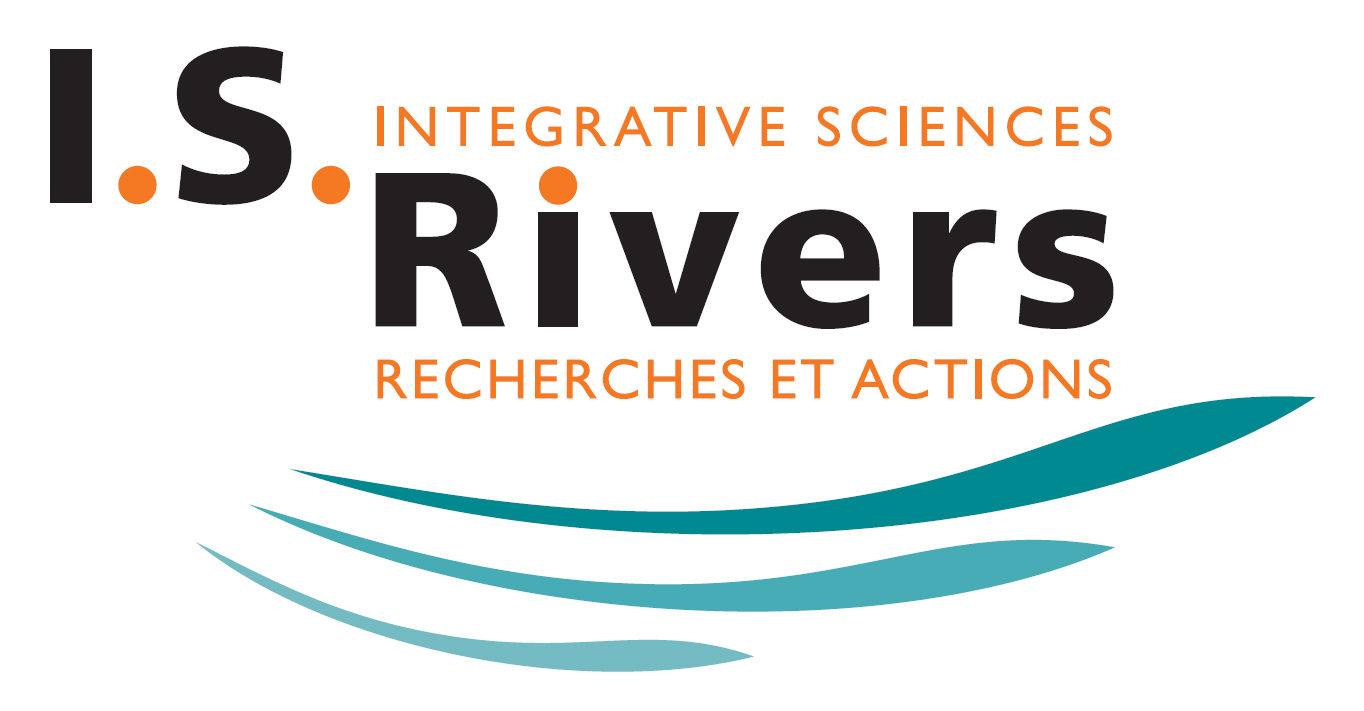The I.S.Rivers 2025 conference will take place from 30 June to 4 July at the University of Lyon 2 in Lyon.
The detailed programme of the 5th I.S.Rivers Conference is available hereunder.
- The opening and closing plenary conferences will be led by our keynote speakers
- The oral presentations of the authors selected by our review committee are divided into 4 rooms according to the themes of the conference, for a total of 28 sessions.
- Several poster sessions are planned on Tuesday and Wednesday to allow the participants and authors to talk freely about the papers
- 5 workshops (some available on guest list) and will take place on Monday 30 of June 2025 (optional)
- 3 technical tours are available upon registration (limited number of places) and will take place on Friday 4th of July 2025 (optional)
- A welcome cocktail will be held on Monday evening and a closing cocktail will be held on Thursday evening
- The I.S.Rivers evening is scheduled for Wednesday evening
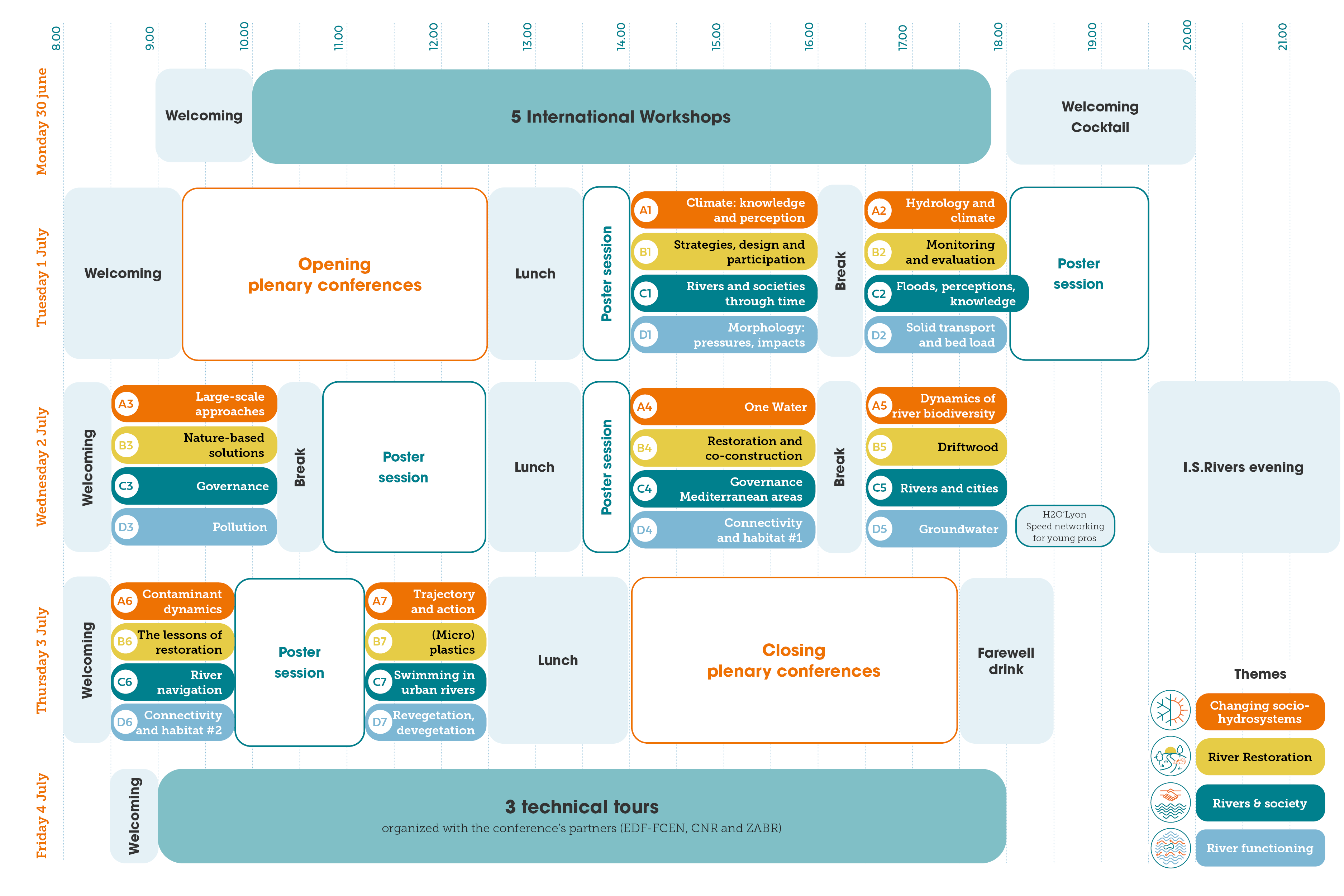
Detailed program day by day
Discover the content of the sessions by clicking on the arrow on the right of the table below.
You can also find details of the papers scheduled by clicking on the title of the session you wish to consult.
If you click on a session theme, you will be able to see all the papers scheduled for that theme.
- Monday 30 JuneWorkshops
- Tuesday 1 JulyConferences
- Wednesday 2 JulyConferences
- Thursday 3 JulyConferences
- Friday 4 JulyTechnical tours
5 international workshops organized by our partners
Organisers : LEHNA (Laurent Simon), Université de Birmingham (Stefan Krause)
Recent evidence of increasing accumulation of micro- and nanoplastics in soils and groundwater raise severe concerns by agricultural and water industries, food manufacturers, regulators, environmental interest groups and citizens. Private and public sectors require detailed understanding of environmental and public health risks posed by micro- and nanoplastics in soils and groundwater. Understanding microplastic contamination of surface and subsurface freshwater environments requires understanding, at the watershed scale, the fate and transfer of microplastics from soils and runoff to rivers and groundwater.
The aim of this workshop is to share recent advances on the fate, transport and impacts of micro- and nanoplastics from soils to groundwater. This workshop will focus on the transfer of micro- and nanoplastics by infiltration from surface water to groundwater, on the impacts on groundwater ecosystems, and on their fate, transport and impacts in soils. This problem is considered from a multidisciplinary angle, including environmental sciences, aquatic ecology, analytical chemistry, soil sciences, human sciences, numerical modeling… In addition to scientific presentations, time will be devoted to round-table discussions, which may lead to actions (projects, communication aimed at stakeholders).
Hours : 9:00 – 17:30
Language : English
The workshop is open to conference registrants, subject to a limit of 10 places.
Organisers : Métropole de Lyon (Charlotte RENOUF), CEREMA (Sylvain MOREIRA), WAO Nature & Conservation (Gaëlle DARMON)
Macro-waste discharged into watercourses from sewage systems or surfaces contributes to the pollution of aquatic environments. Local authorities have to take action to combat this pollution.
The Metropole of Lyon is one of the first non coastal local authorities to commit to the fight against pollution of waterways by macro-waste. To this end, it has teamed up with CEREMA and WAO Nature & Conservation to carry out a research and development project aimed at establishing a diagnosis, a systemic model to test action scenarios and solutions, leading to the drafting of a metropolitan strategy.
The aim of the proposed workshop is to share feedback on the subject. This will cover both surface and underground diagnostics (methods and results) and the solutions tested or implemented (remedial, organisational and awareness-raising solutions). At the end of the workshop, there will be time for discussions on cross-cutting issues such as costs and other levers for action. This workshop could represent the beginnings of a working group or national network on the subject.
Participants will mainly be representatives of local authorities, but will also include researchers, businesses, public bodies, associations and potential funders, with a view to working together to examine the issues and solutions at stake, and to sketch out ways of doing things together.
Hours: 9:30 – 18:00
Language : French
The workshop is by invitation only.
Organisers : Mathis Messager Thibault Datry (INRAE), , Vincent Navratil, (Université Lyon 1), Oldrich Navratil, Barbara Belletti (UMR 5600 EVS)
As part of a project co-financed by the Research Federation FR BioEEnViS and the Graduate School H2O’Lyon on the theme of “large scales”, this interdisciplinary and international workshop focuses on the scientific and operational challenges of observing socio-hydrosystems at large scales (spatial and temporal). The aim is to exchange ideas with the scientific community (France, Europe and worldwide) and managers (multi-scale actors) on a national and international scale about, for example: concepts, tools, data, challenges, etc. The workshop will be led by the organizers with the collaboration of EUR H2O’Lyon PhDs and postdocs working on the theme, and will include keynote presentations, a round table and a participatory workshops.
Hours : 9:00 – 17:30
Language : English
The workshop is open to conference registrants, subject to a limit of 20 places.
Organisers : Bart Fokkens (ECRR) and Josée Peress (OFB, Centre ressources cours d’eau)
Restoring river lateral continuity is key for reaching the objectives of the 25000 km free flowing rivers and for restoring riverine habitats set in the articles 4 and 9 of Nature Restoration Law. This workshop will be presenting the nature restoration law in relation to river restoration and be exploring and sharing the challenges that the local river managers face when implementing lateral contuity restoration projects .
Hours : 12:00 – 17:00
Language : English
The workshop is full (except for invitation by name). You can register on a waiting list.
Organisers : Bertrand Morandi et Anne Clémens (Graie)
At the interface between science and management: a profession
The environmental issues facing our societies call for close collaboration between environmental managers and scientists. They require the reciprocal commitment of different communities, and the development of gateways and cross-disciplinary approaches to produce knowledge useful for operational actions, and to carry out knowledge-based actions. Those involved in water and biodiversity management, whether elected representatives or technicians, public or private, also call on research, both in the environmental sciences and in the humanities and social sciences. The science-management interface appears to be central, but the importance attached to it should not mask the practical difficulties encountered when it comes to making it work.
Convinced that professions at the science-management interface require specific skills, know-how and interpersonal skills, the Graie is proposing this workshop with a triple objective:
- To bring together a diverse range of people who work to create links and drive the interface between science and management in the field of water, aquatic environments and biodiversity;
- To share professional practices, skills, know-how and interpersonal skills, and consolidate them by comparing them with theoretical and analytical work carried out in the academic field.
- Set up a network, a place for networking, structured around a “ trade ” approach.
Hours : 9:30 – 16:00
Language : French
The workshop is by invitation only.
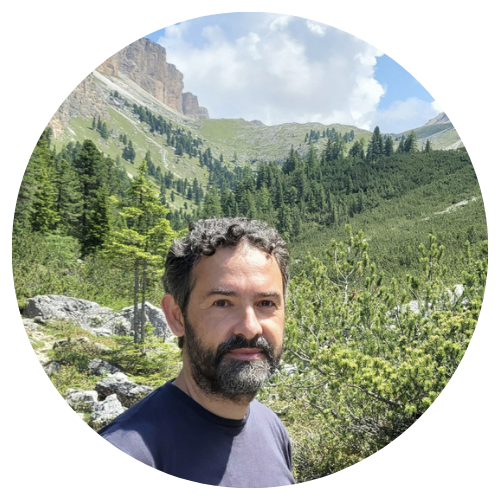
10:00 – Andrea Goltara – Managing Director of the Italian Centre for River Restoration (CIRF)
Braided rivers in the Alps and the Mediterranean, between conservation efforts and new threats
After a brief overview of the trends in the extension of braided river stretches in Alpine and Mediterranean countries, and on the main pressure factors influencing such trajectory, with key examples linked e.g. to channelization and reduction of sediment load, the peculiarities and ecological relevance of this river style will be described. Why these peculiar features also make braided river systems particularly sensitive and fragile will be illustrated, identifying the management challenges posing the main threats. Both the physical control factors and the human pressures determining whether a river will maintain its braiding style are significantly influenced by climate change: an update on recent forecast on these will be provided. Braided rivers are not only peculiar in morphological and ecological terms, they are often a key element of the landscape, and of the identity of the territories they cross: examples of these links will be discussed, and an overview of still well-preserved braiding systems, as well of relevant conservation and restoration efforts and of correlated benefits will be provided. The recent examples of the Vjosa, where the first “Wild River National Park” has been established, and of the Tagliamento “King of the Alpine rivers”, which integrity is again threatened by the construction of artificial flood retention areas, will have a special focus. The possible positive contribution provided by the new Nature Restoration Regulation and its requirements on “free-flowing rivers” will be finally discussed.

10:45 – Futoshi Nakamura – Professor Emeritus at Hokkaido University, Japan
A new perspective aiming at creating nature-positive river management systems in Japan
In response to climate change, Japan’s River Subcommittee is revising river improvement policies for major river systems. These revisions include measures like channel excavation and flood retention basins to manage increased rainfall. The integration of ecological restoration in these plans can help restore wetlands, oxbow lakes, and ecological networks collectively referred to as Green (or Blue) Infrastructure. However, focusing solely on flood control risks environmental degradation, necessitating balanced discussions to ensure both flood management and conservation. Past river improvement plans lacked quantitative environmental goals. To address this, numerical targets should be introduced using data from the National Census on River Environments and tools like River Environment Management Sheets. These resources allow for better habitat analysis, enabling engineers to predict how projects affect biodiversity and ensure ecological outcomes alongside flood control. Disaster recovery projects often prioritize urgency, neglecting environmental considerations. A nature-positive approach involves restoring basic structures while allowing river channel habitats to recover naturally over time. Tools like River Environment Management Sheets can help identify and preserve critical habitats, recognizing that flood disturbances often play essential ecological roles. This approach balances recovery with ecosystem sustainability.

11:15 – Gabrielle Bouleau – Socio-politician at INRAE
From environmental motifs and motives to environmental justice in watersheds impacted by climate change
We perceive our surroundings through shapes that we have learned to recognise, like patterns in a fabric. We associate meanings with these environmental patterns located in space, which inform our reasoning and expectations. Pattern-forms support pattern-related motivations. But these forms, which are perceptible to our senses, only capture a small part of environmental reality. In the field of water, these motifs do indeed represent what is perceived locally, but do not adequately reflect the effects of water uses at a distance. If we are to build a shared, sustainable vision of water, we need to take into account both the patterns that reflect local vulnerabilities and the less visible, long-term, large-scale processes that are documented by science. This shared understanding is not enough to make fair and legitimate decisions about water use, because water is inherently inequitable (unequally distributed, unequally vulnerable) and climate change is challenging legitimate expectations. We therefore also need to consider ways of representing territories in order to support collective projects and negotiate compensation for the constraints associated with these projects at different levels.
Click on the session titles to see details of the papers scheduled.
Session 1 – 14:00
-
Session A1 : Climate change: knowing and perceiving
Authors : Martin THOMS, Noé BROSSE, Hanieh SEYEDHASHEMI, Baptiste MARTEAU, Mathieu FRESSARD
-
Session B1 – River restoration: strategies, design and participation
Authors : Baptiste POTET, Christelle GRAMAGLIA, Thomas NOROTTE, Nadja LUTZWILLER, Marion CESARI
-
Session C1 – Documenting the connections between societies and rivers over time
Authors : Carole BARTHÉLÉMY, Anne BARRIOZ, Megan THOMAS, Sébastien VELUT, Sylvain DOURNEL
-
Session D1: River morphology: from pressures to impacts
Authors : Rajiv SINHA, Tulio SOTO, Jacqui MCCORD, Carles FERRER BOIX, Anne Julia ROLLET
Session 2 – 16:30
-
Session A2: Hydrological change and climate change
Authors : Jean-Philippe VIDAL, Hugues BRENTEGANI, Mamadou NDIONE, Maxime MALTAIS,
-
Session B2: River restoration: monitoring and evaluation
Authors : Alexandre PEETERS, Cybill STAENTZEL, Andrea FUNK, Marlène ROLAN-MEYNARD, Nicolas LAMOUROUX
-
Session C2: The impact of perceptions and knowledge on flood management
Authors Anna SERRA-LLOBET, Chiara SCAINI, Maïlys GENOUEL, Zoé MARTINEU, Isabelle CHARPENTIER
-
Session D2: Solid transport and bed load
Authors : Maxime GILLET, Margot CHAPUIS, Diane DOOLAEGHE, Thomas BERNARD, Olivier RADAKOVITCH
14:00 – 19:00
-
Changing socio-hydrosystems
Tuesday 1st of july – from 14:00 to 19:00 Session A1 :Climate change: knowing and perceiving Development and Implementation of a Compact, Non-Intrusive Water Surface Temperature Monitoring Station for River Ecosystems ALESNARD-EVANGELISTA Eliot,…
-
Rivers functionning
Tuesday 1st of july – from 14:00 to 19:00 Session D1 : River morphology: from pressures to impacts Sediment deficit and river restoration in the Montagne Noire : identifying mobilizable sediment sources BRUN…
-
Rivers restoration
Tuesday 1st of july – from 14:00 to 19:00 Session B1 : River restoration: strategies, design and participation Sediment transport of a local sediment supply for spawning habitat restoration: a laboratory/field/numerical coupled study…
Click on the session titles to see details of the papers scheduled.
Session 3 – 8:30
-
Session A3: Large-scale approaches: from knowledge to action
Authors Thibault LEBOUCHER, Mathis MESSAGER, Fanny BOURGEAU, Lise VAUDOR, Alexandre RETAT, Joe WHEATON
-
Session B3: Green infrastructure and nature-based solutions
Authors : Keigo NAKAMURA, Morgane BUISSON, Solange LEBLOIS, Jun NISHIHIRO, Martin PUSCH
-
Session C3: Rethinking river governance
Authors : Laurence BARONE, Julie GOBERT, Pere VALL-CASAS, Carolina Hernandez, Aline TELLE
-
Session D3: River health and pollution
Authors : Alice PAUL, Yoann LAFFONT, Stephan KRAUSE, Truong-An NGUYEN, Bianca DORGELOH
Session 4 – 14:00
-
Session A4: Water as a common good
Authors :Isabelle THOMAS-MARET, Vincent CADORET, Antonin CONAN, Emilie CREMIN
-
Session B4: Restoring rivers: co-constructing projects
Authors : Nathalie LEWIS, Elsa PICARD, Jean-Baptiste CHEMERY, Taida Garibovic, Martin VARLEY
-
Session C4: Local water governance in the face of climate change in Mediterranean areas
Authors : Sabine GIRARD, David DORCHIES, Pascal DUMOULIN, Stéphane GHIOTTI, Charlotte Hemingway
-
Session D4: Connectivity and habitat – 1
Authors : Maria ALBA, Franck CATTANEO, Lígia VAZ DE FIGUEIREDO, Kévin MERL, David FARO
Session 5 – 16:30
-
Session A5: Dynamics of river biodiversity
Authors : Stanley GREGORY, André-Marie DENDIEVEL, Julia Watson, Raphael SANTOS
-
Session B5: Driftwood, between risk management and ecological restoration
Authors : Susie Kinghan, Guillaume PITON, Anne VIVIER, Borbala HORTOBAGYI
-
Session C5: Functions and values of rivers in cities
Authors : Takehito Yoshida, Josselin BURRIAT, Liolia BAJEMON, Yuta ITSUMI
-
Session D5: Groundwater and interaction with surface water
Authors : John STELLA, Jean-Christophe MARECHAL, Jérôme LABILLE, Julien JEAN-BAPTISTE
10:30 – 19:00
-
Changing socio-hydrosystems
Wednesday 2nd of july – from 10:30 to 19:00 Session A3 : Large-scale approaches: from knowledge to action An interdisciplinary approach to the detection, characterization and quantification of urban impacts on floodplain ecosystems…
-
Rivers functionning
Wednesday 2nd of july – from 10:30 to 19:00 Session D3 : River health and pollution Assessing pressures on an anthropized river: the case of the Sorgue HÉRITIER Coline, PRED’HOMME Margaux, BROUILLAUD Nathan,…
-
Rivers restoration
Wednesday 2nd of july – from 10:30 to 19:00 Session B3 : Green infrastructure and nature-based solutions Restoring water courses and their wetlands to support fish spawning and mitigate inundations: on how the…
-
Rivers and society
Wednesday 2nd of july – from 10:30 to 19:00 Session C3 : Rethinking river governance The Rhône River or the Rhône Person? Unpacking the Underlying Imaginaries. VALLET Cyrille Switzerland Short abstract : The…
Click on the session titles to see details of the papers scheduled.
Session 6 – 8:30
-
Session A6: Contaminant dynamics
Authors : Brice MOURIER, Axelle CHIFFRE, Augustine ECORSE
-
Session B6: River restoration: what lessons to be learned?
Authors Gary BRIERLEY, Mathieu DUPUIS, Stijn BRUNEEL
-
Session C6: River navigation, between managing impacts and uses
Authors : Anna Lisa DITTRICH, Damien CALLUAUD, Noémi MENÉ
-
Session D6: Connectivity and habitat – 2
Authors : Lucio LANTORNO, Beatrice PINNA, Léo RASSE
Session 7 – 11:15
-
Session A7: Questioning the trajectory of rivers to improve action
Authors : Déborah ABHERVE, Ian FULLER, Marta ANTONELLI
-
Session B7: (Micro)plastics in rivers
Authors : Marina COQUERY, Joanna ZAWIEJSKA, Marie-Aurélia SABATTE
-
Session C7: Swimming in urban rivers
Authors : Julia Moutiez, Marie-florence THOMAS, Yixin CAO
-
Session D7: Riparian environments. To revegetate or not to revegetate? That’s the question
Authors : Katarina PAVLEK, Julien GODFROY, Irène De la Forge
9:30 – 18:30
-
Changing sociohydrosystems
Thursday 3rd of july – from 10:30 to 18:30 Session A6 : Contaminant dynamics Contaminant storage in depositional environments induced by river engineering in the upper Seine Estuary (France) BARROIS Jean-Marie, DEBRET Maxime,…
-
River functionning
Wednesday 3rd of july – from 10:30 to 18:30 Session D6 : Connectivity and habitat – 2 Assessing mesoscale habitat availability in relation to discharge in braided river reaches BAJRAMI Flamur, SOTO PARRA…
-
Rivers restoration
Thursday 3rd of july- from 10:30 to 18:30 Session B7 : (Micro)plastics in rivers Microplastics characterization within river streambed sediment of a river catchment with intermittent reaches BARTHÉLÉMY Nans, MERMILLOD-BLONDIN Florian, KRAUSE Stefan,…
-
Rivers and society
Wednesday 3rd of july – from 10:30 to 18:30 Session C6 : River navigation, between managing impacts and uses Challenges of Minor Inland Waterway Governance to Mitigate Pluvial Flooding in Peri-Urban Areas of…
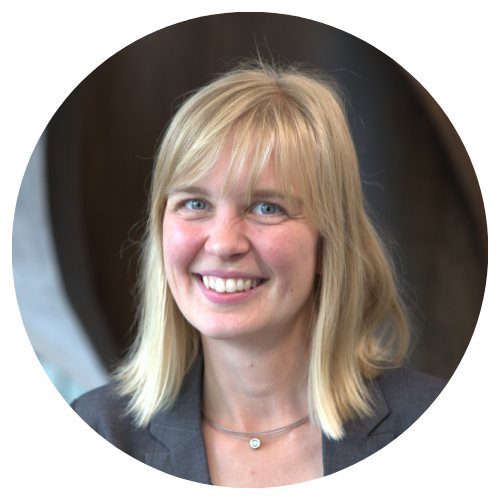
14:00 – Christiane Zarfl – Professor of Environmental Systems Analysis at the Faculty of Science, University of Tübingen, Germany
Balancing hydropower expansion with freshwater biodiversity conservation in a changing world
Despite covering only 0.8% of Earth’s surface and containing just 0.01% of global water, freshwater ecosystems support approximately 6% of all described species, including over 140,000 specialist freshwater species. But the global decline of freshwater biodiversity is alarming, with an 88% decline observed in large freshwater animals, so-called megafauna. Two main threats have been identified: 1. Overexploitation for meat, skin, and eggs and 2. loss of free-flowing rivers with dams blocking access to spawning and feeding grounds, changing habitat conditions and reducing downstream transport of sediments and nutrients. Hydropower is considered a pathway to providing renewable energy while mitigating climate change, but it has widespread impacts on riverine ecosystems, affecting both aquatic and semi-aquatic species. These impacts accumulate spatially and temporally across river basins, leading to severe consequences for freshwater biodiversity. The presentation will provide an overview on the interlinkages of hydropower development worldwide, river connectivity, biogeochemical cycles, and potentially affected freshwater biodiversity. It will also deal with suggestions on measurements like dam removal and strategic planning of hydropower plants to avoid disproportionate impacts on threatened and susceptible species. This will help us to address the challenges in the strongly interlinked climate-biodiversity crisis that is reflected in balancing renewable electricity development with biodiversity conservation in freshwater systems.
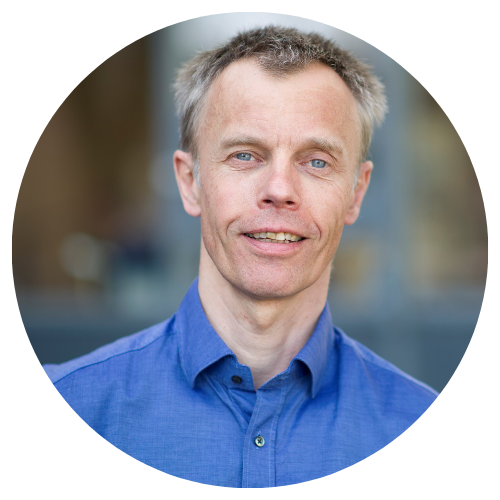
14:45 – Atle Harby – senior research scientist at SINTEF Energy Research in Norway
Sustainable modernisation of hydropower
To meet targets for climate change, the energy transition towards renewable electricity generation is urgently needed. Most of the remaining feasible renewable energy potential is found in variable resources from wind and solar power. Hydropower with storage capacity is crucial to meet the need for integrating this variable renewable power generation into the grid, and there is a strong need for modernisation of the European hydropower fleet to meet this challenge. At the same time, freshwater biodiversity and ecosystem services from rivers and lakes have seen a rapid decline the last decades, where impacts from hydropower is one of the key drivers. Modernisation of hydropower must therefore combine the needs for increased energy services and improving the ecological status of affected rivers and lakes. This talk will focus on some guiding principles and methods to achieve more sustainable hydropower generation, giving also some examples of how research and innovation are contributing to real cases of improving both hydropower generation and ecological status. Examples from the EU-funded innovation and demonstration project ReHydro about sustainable refurbishment of hydropower will also be given.

15:30 Darío Salinas Palacios – Doctor in geography, specialising in geopolitics, from the University of Paris 8 and the University of Murcia
The Geopolitical Challenges of Water Resources in the Context of Climate Change: Focus on the Tagus
The Tagus River basin highlights the growing tensions over water resource management in the Iberian Peninsula, driven by climate change, unsustainable development models, and conflicting regional priorities. Governed by the Albufeira Convention (1998) and the European Water Framework Directive, this transboundary river reveals both political and environmental challenges. Territorial disputes around the Tagus-Segura transfer and ideological divides over sustainability underscore the politicization of water issues. While local initiatives and citizen movements, such as the “New Water Culture,” advocate for equitable and sustainable approaches, traditional narratives like “Agua para todos” continue to support supply-driven models. This context positions the Tagus as an exemplary laboratory for rethinking transboundary governance and promoting resilient strategies that balance environmental and socio-economic demands.
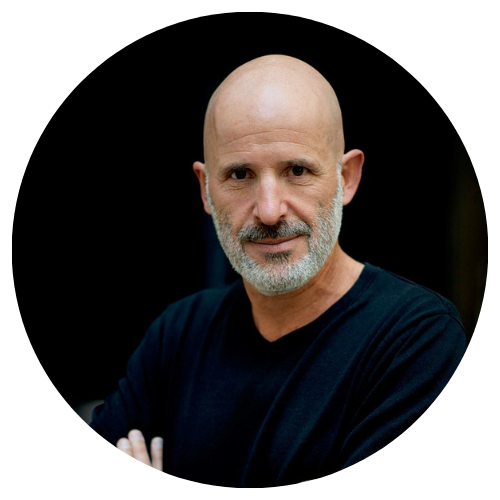
16:15 Étienne Davodeau – Comic strip artist
Loire, a (comic strip) character?
Loire is an attempt to portray a river in comics.
Traditionally, in Europe and elsewhere, fictional comic strips tell stories around characters, or even heroes in their most traditional forms.
The landscape, in this case, is relegated to the background of the image as the scenery.
How can we envisage a story in which the scenery takes on the role of the main character? How can a river be given a voice? And above all, what would it have to tell us?
The work of the Parliament of the Loire and the legal personalisation of the Whanganui River in New Zealand were the main sources of inspiration for this story.
Loire is therefore a summer chronicle, organised around a mysterious and nostalgic romantic date on the riverbanks. We won’t know much about the human characters we meet along the way. Louis, the man we follow from beginning to end, lived by the river as a youngster and is now returning at almost sixty. Returning after all these years forces him to assess what has changed – what should change – in our relationship with the world of non-humans. In Loire, these changes are conveyed and embodied by characters who are younger than he is, more attentive, and more aware of our interdependence with the rest of the living world. This is where the river becomes a character that takes its rightful place at the forefront of the story. It is no longer the object Louis knew in his youth, the object we used, the object we were dredging sand from, and from which we took the water and the fish we needed.
Thirty years later, by becoming the main character in our stories the Loire is perhaps asserting the interdependence that links us to her, that links her to us.
Loire is the story of a change of perspective.
3 technical tours organized by our partners
/Please\ note that return times for technical visits are not guaranteed. Please allow a margin in your return times. Road traffic could be very heavy and disrupt the return of technical visits.
EDF and the Conservatoire d’espaces naturels Rhône-Alpes team up to introduce you to two biodiversity projects.
The Jons-Niévroz dam, which diverts water from the Rhône into the Jonage canal to the Cusset hydroelectric power station, has been equipped with a fish bypass since 2013. In the form of a 300 m-long artificial river, 32 vegetated basins enable fish to cross, in stages, the 6 m difference in height separating the Miribel and Jonage canals, and thus reach the Rhône. The Rhône Fishing Federation carries out exhaustive video-counting to estimate the quantities and biomass of fish in transit by species. The number of fish passing through the bypass varies between 128 000 and 372,000 per year. This first visit offered by EDF will enable you to discover the history and operation of the dam, as well as the fish bypass and the monitoring data collected.
We will then travel 2 km upstream from the dam to discover the recently restored backwater (lônes) of the Valbonne camp: the lône de la Violette backwater and the downstream part of the lône du Grand-Gravier backwater. The work were carried out in 2024 by the Conservatoire d’espaces naturels Rhône-Alpes (CEN69), in partnership with the French Ministry of the Armed Forces and the commune of Balan. This restoration is part of a larger programme of conservation of the Natura 2000 area of the Valbonne military site. It is led by CEN69, the Armed Forces and EDF (Bugey nuclear station). This restoration is partly funded by the European programme Life. The restoration was designed to improve the hydrological functioning of these lônes and thus encourage the heritage flora and fauna associated with these environments. The work consisted of sediment removal, desartificialisation by removing or modifying some old concrete structures and vegetation management – all while taking into account the military training in effect on part of the site. This second visit will include a presentation of the site’s challenges, the work carried out, the monitoring carried out and the challenges faced by the Conservatoire.
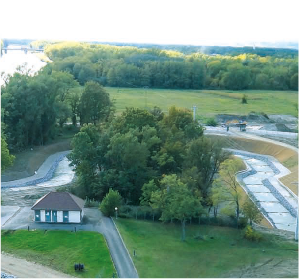
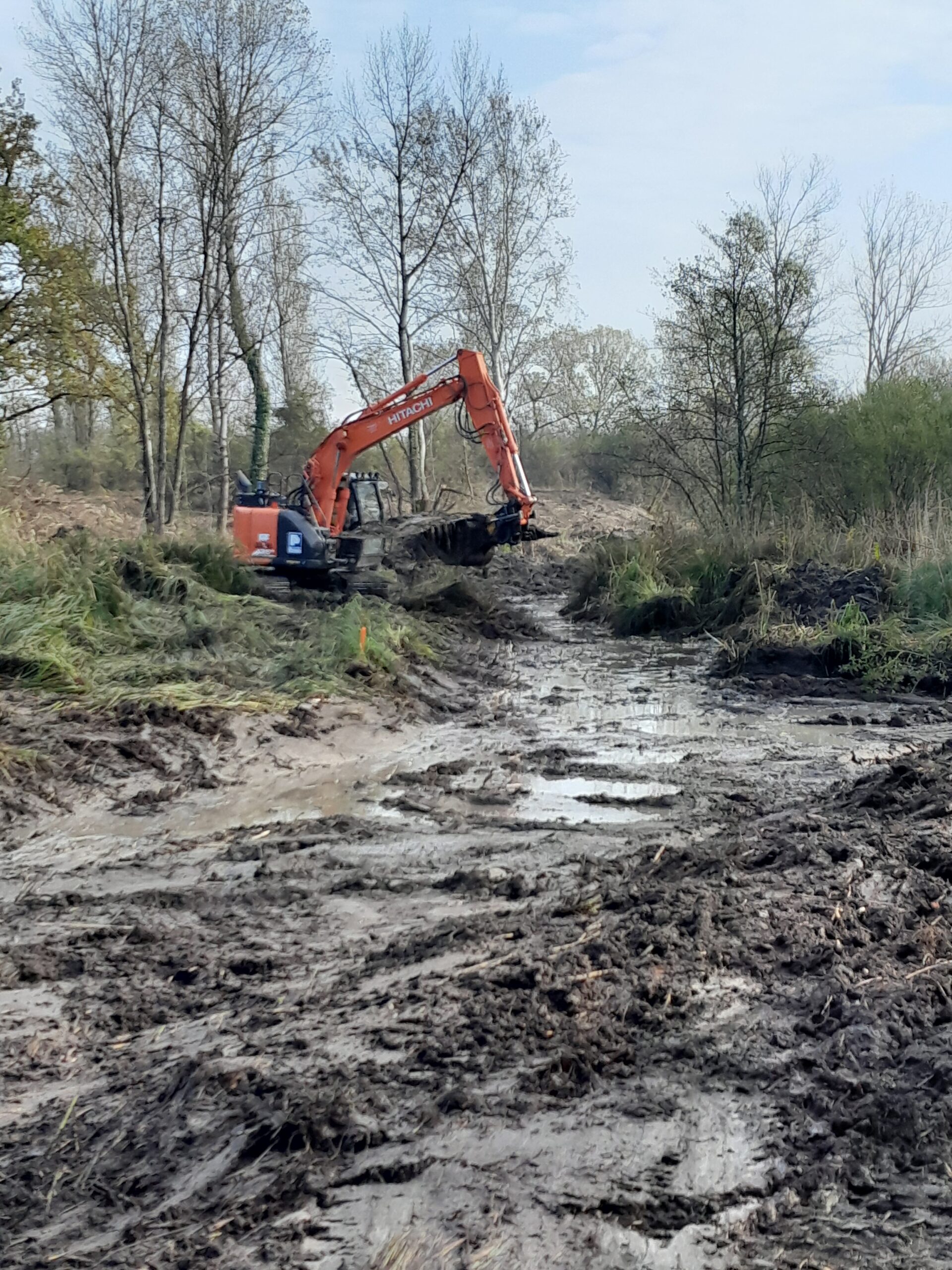
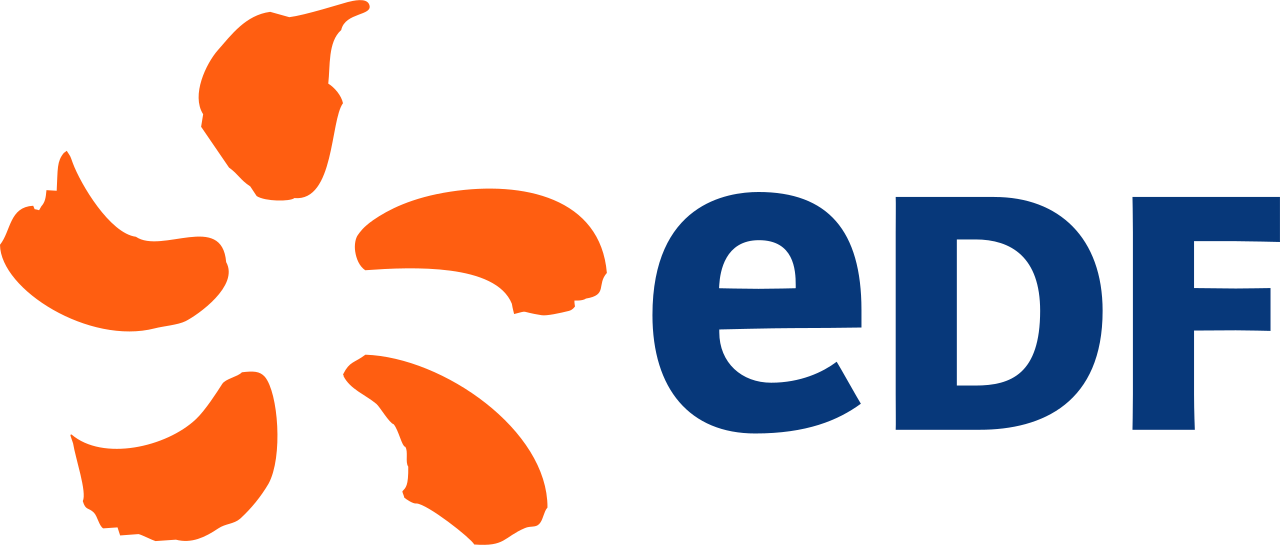
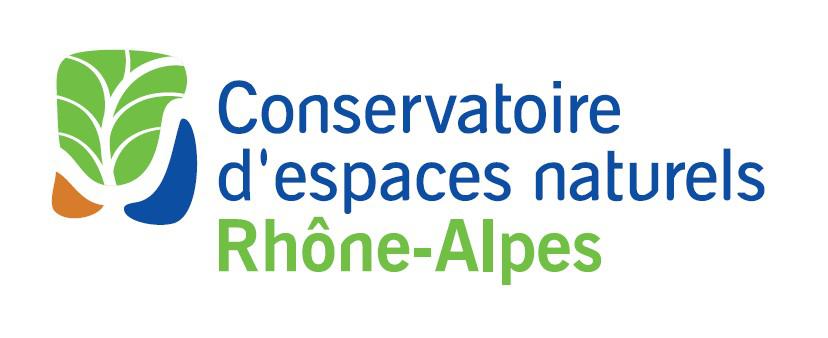
Find out more :
Practical Infos
Schedule: 8:30 a.m. – 5:30 p.m. (transport included)
An ID might be required on site (military field).
Visit open to 30 participants
Discover the lower Ain valley by canoe
The LTSER Zone Atelier Bassin du Rhône (ZABR) and the Joint Association of the river Ain and tributaries (SR3A) invite you to discover the lower Ain valley, a territory of many challenges. A mosaic of remarkable natural environments gives this gravel bed river a relatively unspoiled natural character, even downstream from a succession of hydroelectric dams. The landscape diversity and the privileged geographical location close to Lyon make this sector of the lower Ain valley an important touristic area.
For several years, river stakeholders and ZABR scientists have been working together to understand the dynamics of the Ain ecosystem and its links with its territory, in order to promote sustainable management actions. This site visit will combine tourism and science to discover the remarkable sites of the lower Ain valley by canoe. Expect 3h of navigation to cover the 14 km from Priay to Pont de Chazey. This tour will allow you to get close to the natural resources of the river Ain while listening to specialists talking about:
- the geomorphological and ecological dynamics of the river Ain;
- the perceptions different users have of the problems and challenges linked to the river;
- the involvement of local stakeholders in the management of the Lower Ain valley;
- the innovative restoration measures carried out under the watchful eyes of ZABR scientists;
- the flow management in relation to hydropower optimization needs and the necessary mitigation measures in relation to their ecological impacts.
An unforgettable day awaits you, full of action, beauty and above all, very enriching!
Practical information :
Schedule: 08:00 – 18:30 (transport included)
Visit open to 25 participants
Warning: this site visit is only open to participants who will testify their swimming ability (25 m) upon registration.
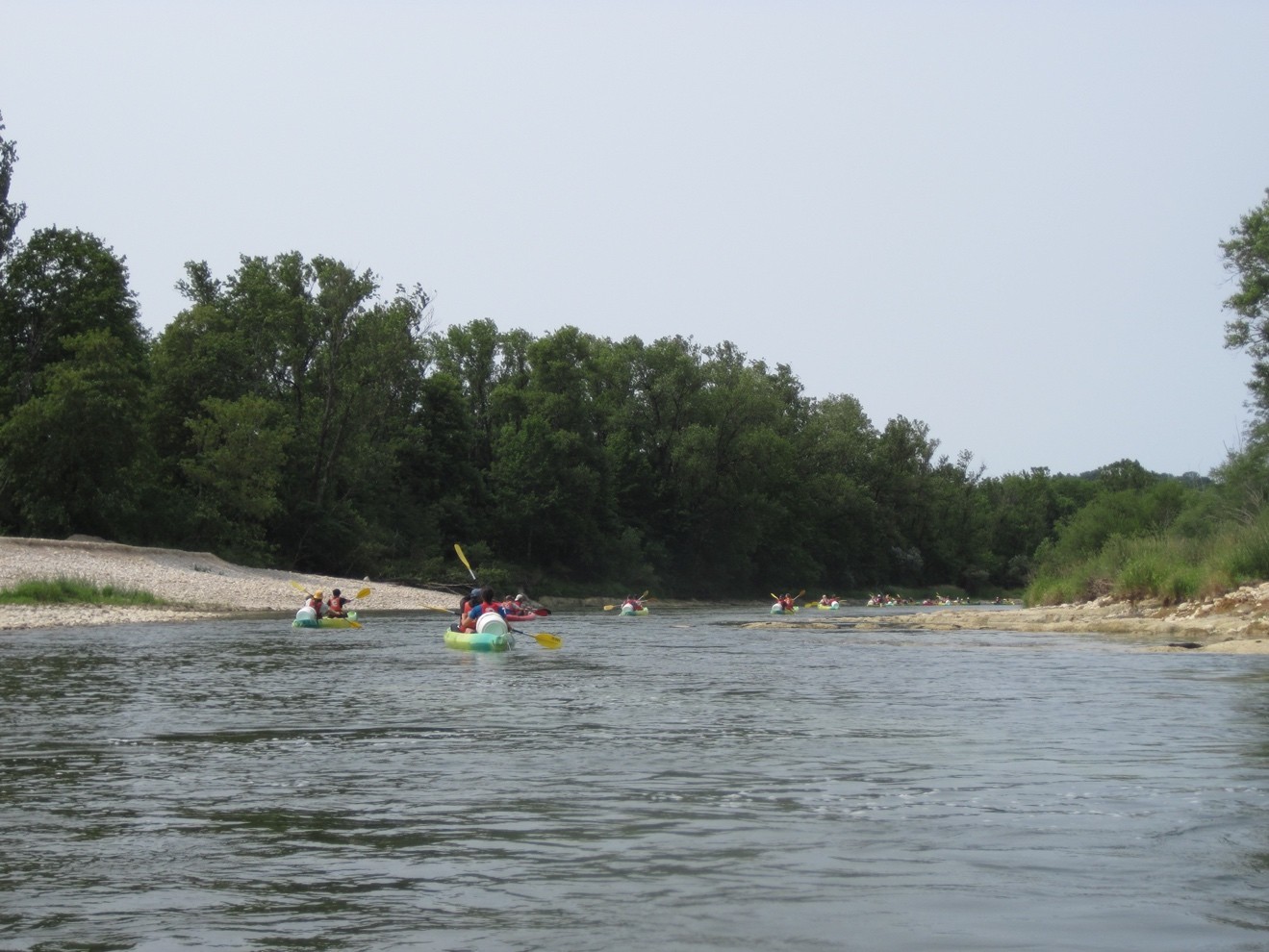
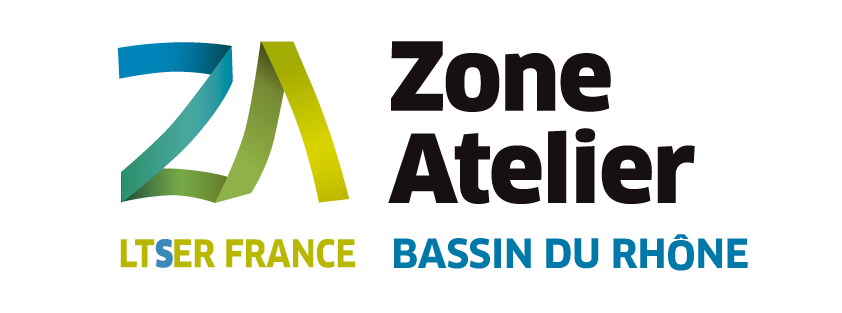
The Compagnie Nationale du Rhône (CNR) invites you on a two-part tour of innovation, expertise and ecological restoration, to learn more about its work on the Rhône. The tour begins with a visit to CNR’s Centre for Testing, Monitoring, Analysis and Measurement (CESAME), and continues with a tour of an ecological restoration site on the Rhône at Pierre-Bénite.
Discover CESAME
The “Centre for Testing, Monitoring, Analysis and Measurement for Operation” (CESAME) is the center of expertise and innovation of the Compagnie Nationale du Rhône (CNR). Its mission is to contribute to the safe, efficient and sustainable operation of CNR’s hydroelectric production and navigation facilities. To this end, it carries out laboratory testing, riverbed and hydraulic structure monitoring, behavioral analysis of civil engineering structures and field measurements related to river flows and developments. Its teams also carry out research and development projects relating to the safety of structures, physical and hybrid modeling of complex flows, transport and measurement of sediment flows, etc. During your visit, you will discover the test halls and equipment that enable CNR to control technical risks in all phases from design to operation of structures.
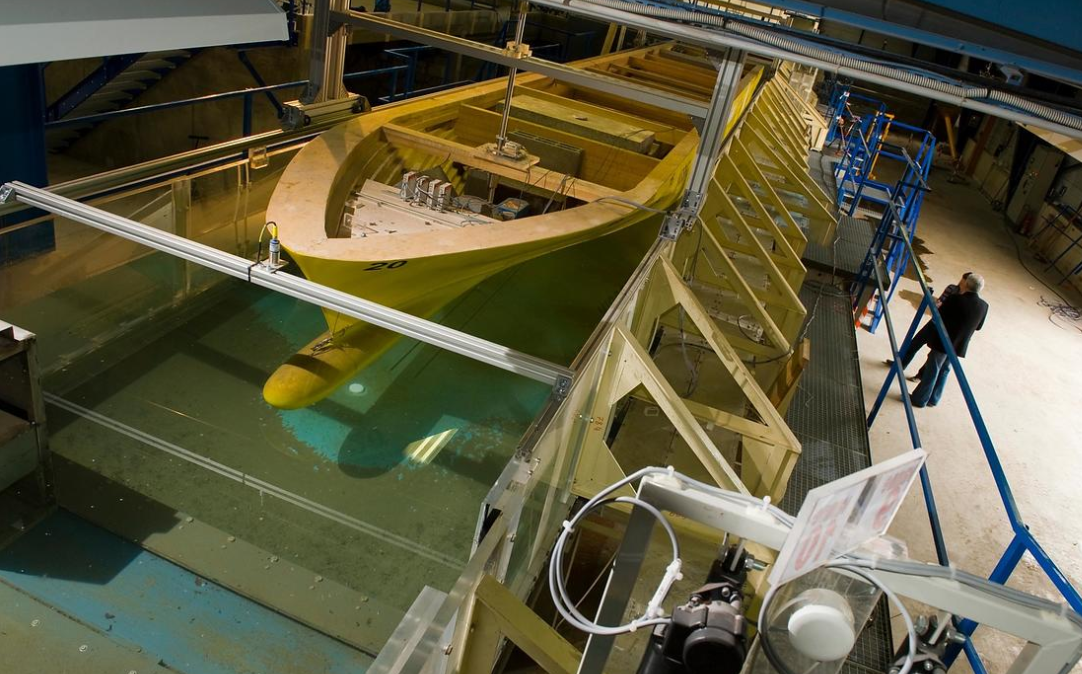
Visit of an ecological restoration project on the Rhône at Pierre-Bénite
The ecological restoration of the Irigny, Vernaison and Feyzin area is part of a vast program initiated in 1998 by local stakeholders, including CNR. It concerns sections of the river along its entire length and is monitored by the RhônEco and OSR scientific programs. The actions planned for this project located downstream of Lyon are aimed at restoring the river’s natural functioning and alluvial dynamics. The resulting multiplicity of ecosystems is conducive to biodiversity and the river’s resilience in the face of climate change. In particular, the work aims to remove the 19th-century Girardon structures blocking the main channel and to deepen the bed of former lônes or new secondary channels. The fine and coarse materials resulting from these earthworks will be returned to the river to re-establish sediment continuity and restore the riverbed. To counter the colonization of invasive plant species, a variety of adapted species will be planted. The work, scheduled to start at the end of 2024, will be carried out in 3 earthworks phases (between October and March), followed by a revegetation phase.
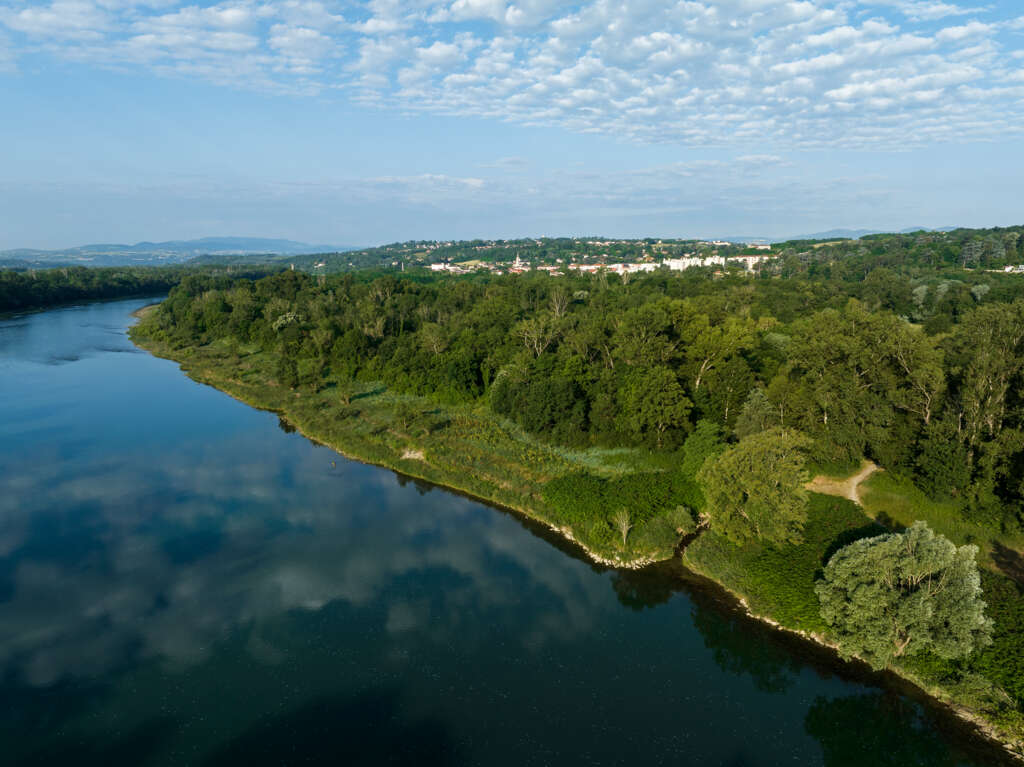
Practical information
Schedule: 8:30 a.m. – 5:30 p.m. (transport included)
Visit open to 30 participants

